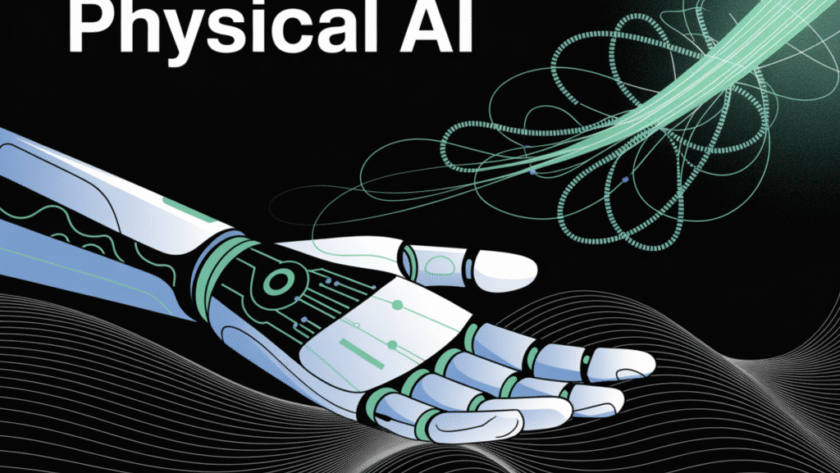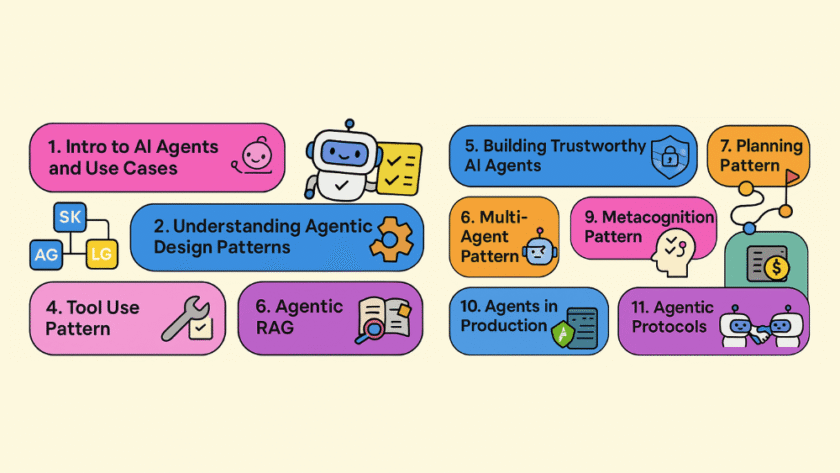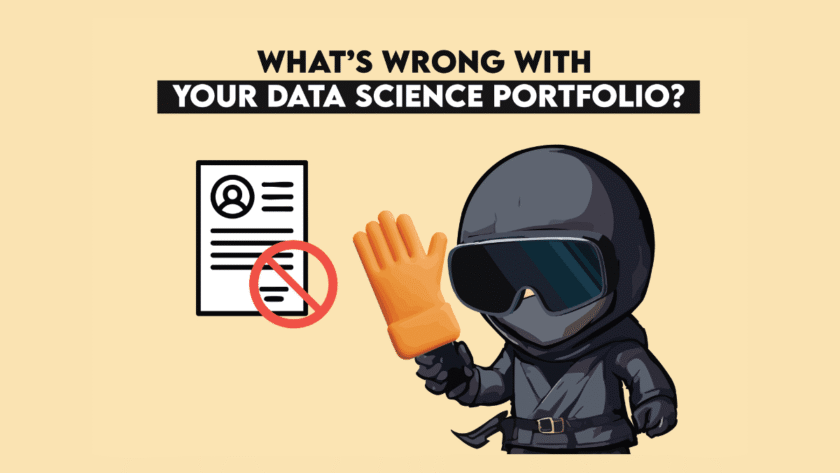What Do We Mean by “Physical AI”?
Artificial intelligence in robotics is not just a matter of clever algorithms. Robots operate in the physical world, and their intelligence emerges from the co-design of body and brain. Physical AI describes this integration, where materials, actuation, sensing, and computation shape how learning policies function. The term was…










